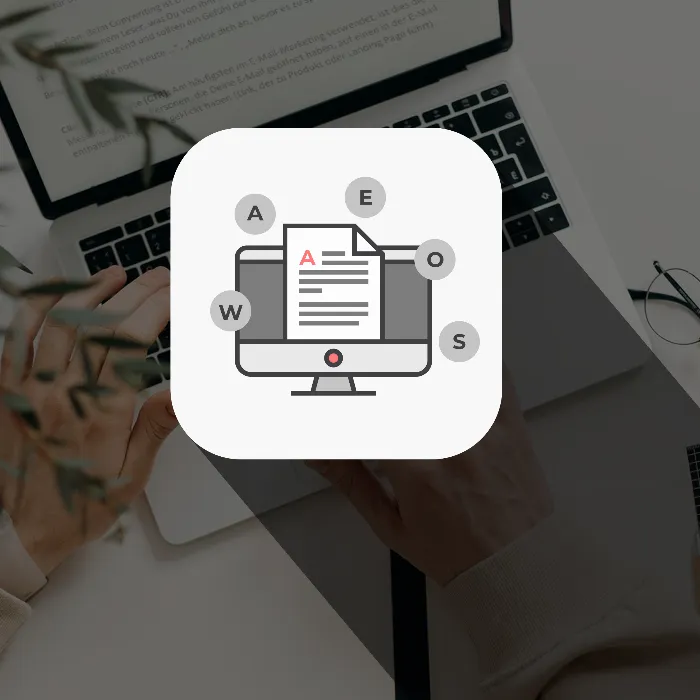Individual objections can be crucial for your sales figures. The seventh commandment in copywriting deals precisely with this topic: How do I overcome the concerns of my potential customers? It is important to understand that your product probably will not immediately enthusiasm. Many customers have doubts that could prevent you from achieving the desired sales closure. In this guide, I show you how to handle and successfully overcome typical customer objections.
Key Insights
- Customers often have objections regarding price, timing, or product benefits.
- Respond directly to the objections to strengthen customer trust.
- Turn objections into selling points by highlighting the benefits of your product.
- Identify and address the most common concerns in your copywriting.
Step-by-Step Guide
1. Accepting Reality
Firstly, it is important to accept that you will always have to expect objections. Customers will rarely be simply convinced by your product. Realize that this is a normal part of the sales process.

2. Identifying Typical Objections
To effectively overcome objections, you need to know which ones you are frequently confronted with. Popular objections include "The product is not worth it yet" or "The price-performance ratio is not right." Note down these common concerns so you are prepared for them.
3. Addressing Objections Directly
Once you have identified the typical objections, you should address them directly in your text. For example, you can write: "I know the price is high." It is crucial to validate the customer's feeling so that they feel heard.
4. Make it Attractive for the Customer
After acknowledging the objection, you should continue your argumentation: "But it's worth it for you because..." Link the pricing to the value of your offer. This way, you show that the price is appropriate when considering the benefits and special features of your product.
5. Utilize Seasonal Objections
Another example that influences many is the timing of the purchase. Let's say you are selling winter jackets in summer. In this case, it would be wise to say: "I know it's summer, but buy now and benefit from a discount. You surely don't want to start looking for a jacket in winter." This connects the purchase to an urgency that motivates the customer.
6. Acquire Qualitative Arguments
The next goal is to formulate clear and convincing arguments against the objection. For example: "I know your standards are high, but with our product, you not only achieve a high standard but also the best benefits. A little fun must be part of it after all."
7. Develop Strategies to Reduce Objections
Make a list of your most common objections and develop specific answers for each one. The more you deal with these objections, the better you can respond to them when the opportunity arises. Take the time to develop your arguments and delve into the issue.
8. Transform Objections into Benefit Statements
Once you have successfully addressed the objections, you should transform them into sales arguments. This means giving each response a positive twist. Show customers why these concerns do not have to stand in the way of turbulence in the sales process.
9. Finalizing the Sales Process
After overcoming customer objections, it is time to finalize the sales process. Be clear and direct about what the next steps are: "Now that these concerns have been addressed, you can take the final step and simply accept our offer."
Summary
Overcoming objections is a central part of copywriting. You have learned how to identify typical objections and address them effectively. By taking your customer's doubts seriously and presenting convincing arguments, you will be able to sustainably increase your sales figures.
Frequently Asked Questions
What are common objections during the sales process?Common objections often refer to price, timing, or expectations regarding the product.
How should I best address objections?Address objections directly and support them with clear, positive arguments emphasizing the value of your product.
Why is addressing objections important?By addressing objections directly, you gain the trust of customers and show them that you take their concerns seriously.


